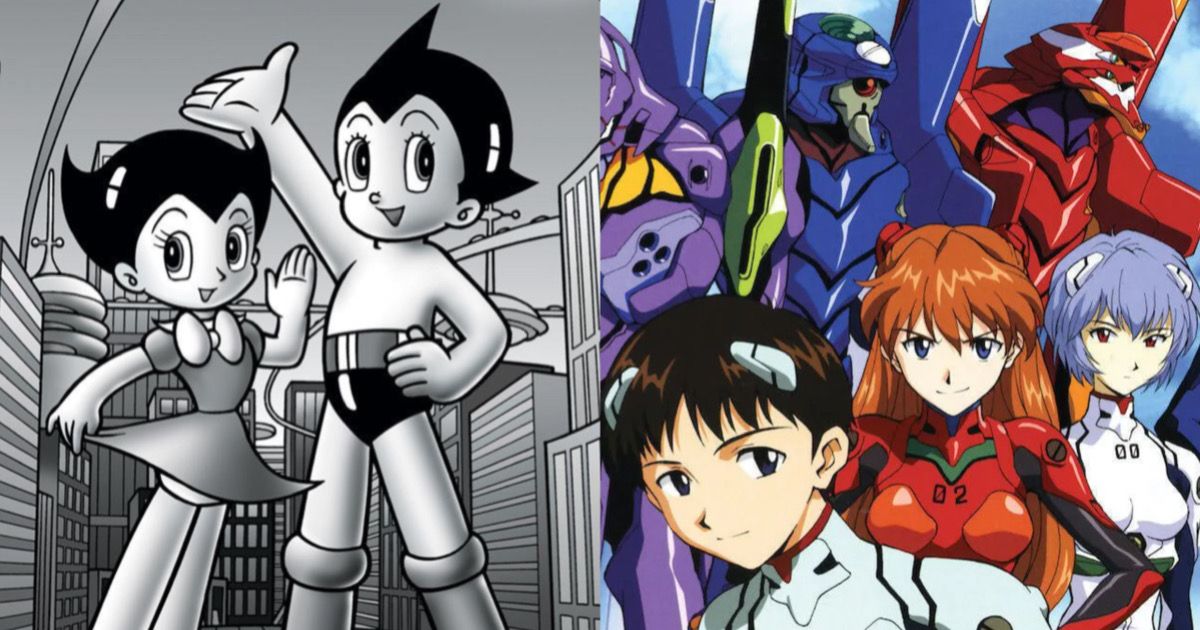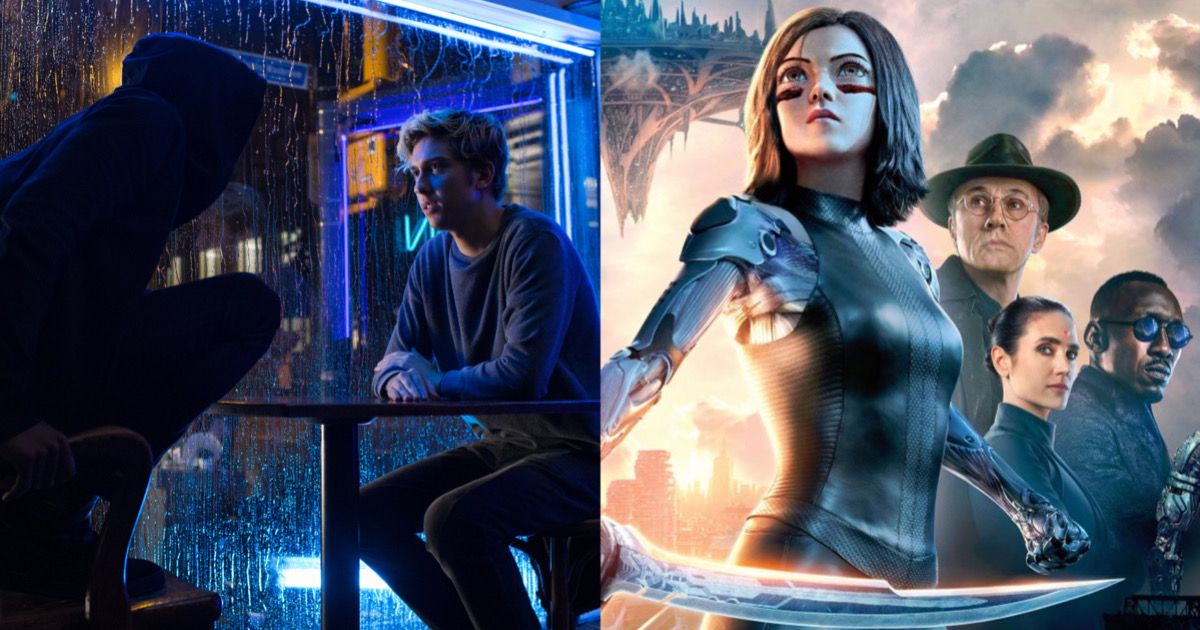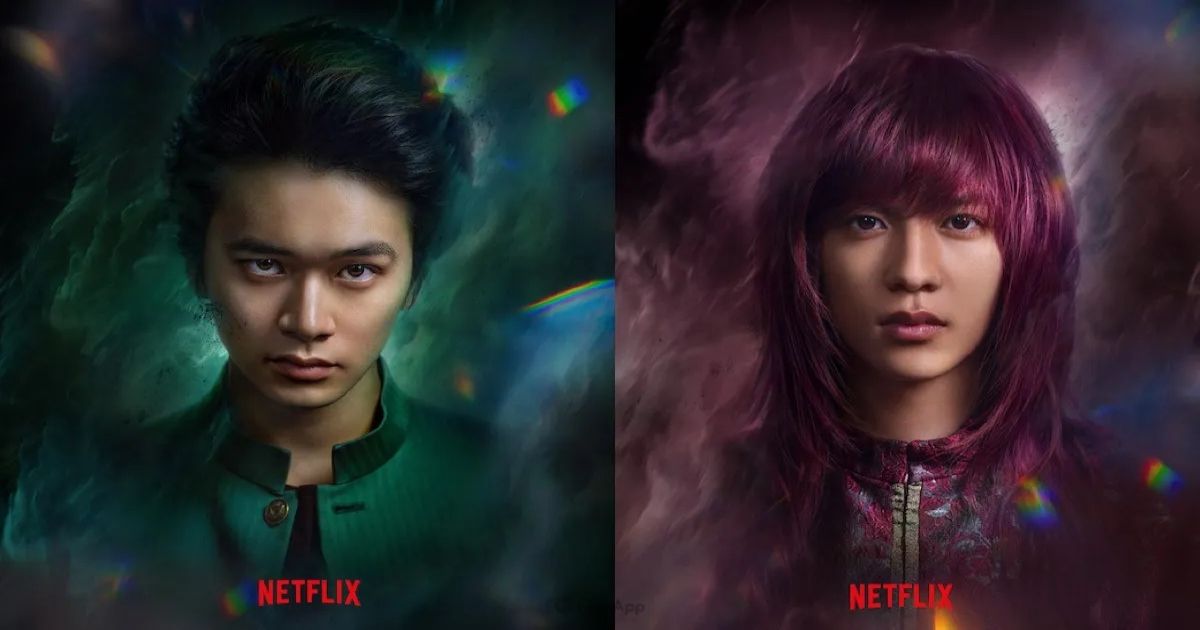From classics like Akira to modern watches like Demon Slayer, anime has a genre, a taste, and a niche for everyone. With a slow start and a quick-to-fame progression, anime is not only beloved for its unique animation styles but for its storytelling. Famous titles offer complex characters, rich lore, humorous interactions, and unforgettable conclusions to long-lasting arcs.
With this in mind, it can be a tricky path to adapt some of the most intricate stories into live-action films. Body horrors like Parasyte would seem impossible to translate beyond animation, and unique, iconic characters like Josuke (JoJo) Higashikata from JoJo’s Bizarre Adventure would seem unlikely to recreate authentically. When done successfully, live-action anime films can be entertaining and leave an impressionable mark on the audience. However, there are many reasons why they can go awry, and why fans aren’t so open to more of their favorite shows being reenvisioned.
After some controversial and unmoving films, here is why live-action anime films may not work, and some great exceptions to the rule.
A Brief History of Anime
The animation style known as “anime” was originally developed in Japan and intended for the Japanese market and demographic. While some children’s anime shows do go back to the 1930s, modern anime began in 1956 and promptly broke ground in 1961 thanks to the “Godfather of Manga,” Osamu Tezuka, and the establishment of Munshi Productions. Major animated titles such as Astro Boy and Speed Racer became overseas hits practically overnight.
By the '70s and '80s, anime saw the rise of mecha (Mobile Suit Gundam, Macross) and Studio Ghibli’s award-winning films. The '90s brought about the growth of the Internet and DVD, which gave way to a wealth of growth, information, and interest in anime. Not only did anime titles target children’s programming but mature audiences with late-night viewings of Neon Genesis Evangelion. In spite of Japan’s eventual “bubble economy” and many production companies cutting back, the 2000s and on witnessed the popular start of Naruto, One Piece, and Bleach. Since, anime has endured into the ever-evolving culture it is.
Many of the above titles have been written and developed for decades, with several spawning multiple seasons, iterations, reboots, and animated films galore. The process of adapting one into a cohesive series is a dedicated one and fans are particularly devoted to the titles they fall in love with. For this reason, adapting some of these shows into live-action films create questions and concerns for an entity so beloved.
Attempted Adaptations and Notable Exceptions
Adapting a light novel or manga series into an animated show is one thing; bringing them into live-action is another process. Early American flops such as Dragonball Evolution seemed to show audiences that the producers and screenwriters were after a paycheck more than developing a worthy product. Speed Racer may have failed at the time for its storytelling, but is now perceived as a cult classic.
The current focus of uneasiness and unbridled hate for live-action films now is Netflix. Even in 2022, Netflix’s adaptations are still referred to as having a mixed bag of live-action anime films. Their 2018 adaptation of Bleach is one of the films that are on the cusp of being a great film but misses the mark primarily because, in a time frame of roughly 100 minutes, Bleach (2018) attempts to fit an entire season’s worth of world and character building that is essential to the anime. The 2017 live-action of Fullmetal Alchemist also hits this same issue, where the CGI and casting are praised, though arguably the film appeals to fans of the show but may elude casual viewers.
The other issue taken up with Hollywood live-action is the common choice to whitewash the cast and story. In 2017, Ghost in the Shell starred Scarlett Johansson which sparked controversy for not casting an Asian actress. Moreover, Netflix’s 2017 adaptation of Death Note not only cast primarily white actors but went as far as removing the story from Japan and placing it in Seattle, WA. Furthermore, reviews picked apart both Ghost in the Shell and Death Note for taking their respective stories and “hollowing” them out into derivative, impactful narratives.
On the opposite end, fans have found refuge in live-action films that are worthwhile. The 2015 Assassination Classroom film has been heralded for feeling exceptionally close to the series and for the practical effects to make the story feel real. Alita: Battle Angel is praised not only for its stunning visuals but for a simple approach to the main storyline that is inviting for age-old fans and sci-fi lovers alike. Furthermore, other live-action adaptations such as the 2006 Death Note series are held near and dear for being more accurate and faithful to their source material.
The Future of Live-Action Anime
After the reception of the Fullmetal Alchemist live-action, the creators came back and added two more films to sum up the story. Netflix is deciding to circle back to Death Note and handing the project over to the Duffer Brothers for a do-over. In spite of how some movies are received, production companies and screenwriters are still taking the risky step to reenvision popular anime titles in a way that may interest their fanbase.
2023 may be the year fans could expect Netflix’s adaptation of Yu Yu Hakusho; Shinsuke Sato (Alice in Borderland, Gantz) is being brought on to direct My Hero Academia; and One Punch Man may be Sony’s next big project. Production companies are possibly taking seriously the concerns of fans and creators, with Eichiro Oda signing off on an adaptation of One Piece on one condition: it stays faithful to the material and the fans who have supported the series for 20 years. Some of these titles have a lot in store to go right, but leave much room for anticipation and apprehension.




